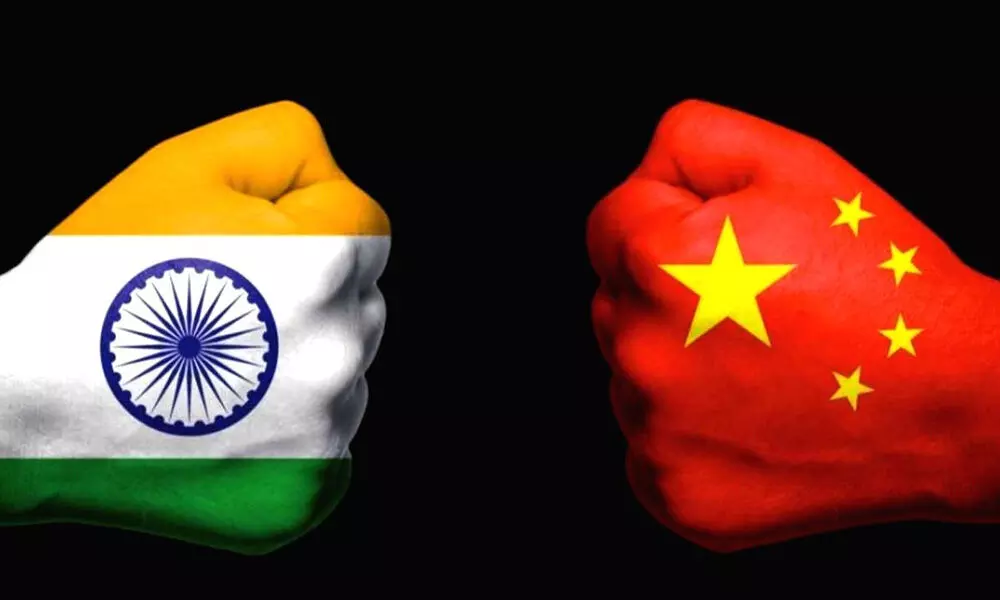Live
- Analysing Happiness
- Two-day ToT organised for trainers
- Savarkar preferred Manusmriti to Constitution: Rahul
- Daily Horoscope for 15 December 2024: Embrace Today’s Insights of Your Zodiac Sign and Unlock Your Potential.
- Beyond The Flames
- CM warns officials of stringent action
- NDA alliance candidates win all seats
- ‘Resignation of Avanthi Srinivas leaves no impact on YSRCP’
- Congress killers of Samvidhan: Modi
- Bejan Daruwalla’s horoscope
Just In

Decoding China-India moves ahead
China and India have announced the disengagement of troops along Line of Actual Control (LAC), at the southern and northern bank of the Pangong Tso Lake having commenced since February 10
China and India have announced the disengagement of troops along Line of Actual Control (LAC), at the southern and northern bank of the Pangong Tso Lake having commenced since February 10. It seems to be a positive step to mark the beginning of a possible end of one of the longest stand-offs, which had tremendous financial and human cost to bear, due to 'LOCisation' of the LAC, in harsh winters.
A compulsion to get into some mutually acceptable solution, out of numerous negotiations at various levels is understandable, as stretching the standoff beyond a point was serving no useful purpose. The actual worth of announcements will be seen in implementation stage, in view of trust deficit and past track record of Chinese in junking agreements, when it suits them, as the LAC as well as border remains undemarcated between both countries.
Decoding the statements and implications
Chinese strategic design involves misinterpreting the statements to its convenience. Chinese statement indicates that it is a Pangong Tso specific Agreement, meaning synchronised and organised disengagement of frontline troops at the southern and northern bank of the Pangong Tso Lake, which can be well inferred by them as pullback of Indian troops from Kailash Range, in exchange of PLA moving back their frontline troops from Finger 4 and continuing to maintain their presence elsewhere.
The Defence Ministry's statement in Rajya Sabha on February 11, highlights that the Chinese side will keep its troop presence in the North Bank area to east of Finger 8, thus moving back from Finger 4 to 8. Reciprocally, the Indian troops will be based at their permanent base at Dhan Singh Thapa Post near Finger 3. A similar action would be taken in the South Bank area by both sides. Structures built by both sides since April 2020, in North and South Bank area to be removed and the landforms restored. The Chinese, however, have not put out any such assurances in public domain, so far.
The Ministry also highlighted some outstanding issues with regard to deployment and patrolling at some other points along the LAC in Eastern Ladakh to be discussed later, in next meeting of the Senior Commanders within 48 hours after the complete disengagement in the Pangong Lake area.
It indirectly implies that some Indian concerns including extra kilometrage with China in Depsang plains, Galwan, Gogra and other areas, restrictions on patrolling, vulnerability of DS-DBO road will remain to be discussed later. From Chinese perspective, it indirectly means that newly occupied heights on Kailash Range, which were their major concern, will be vacated in a phased, coordinated and verified manner by both.

© 2024 Hyderabad Media House Limited/The Hans India. All rights reserved. Powered by hocalwire.com







